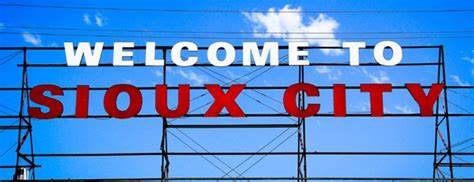At one time, Sioux City’s railroad hub was the 10th largest railroad center in the nation. Construction began in 1916, meaning this museum complex is over 100 years old! So much history gives me so
At one time, Sioux City’s railroad hub was the 10th largest railroad center in the nation. Construction began in 1916, meaning this museum complex is over 100 years old! So much history gives me so much pride for my city.
Milwaukee railroad

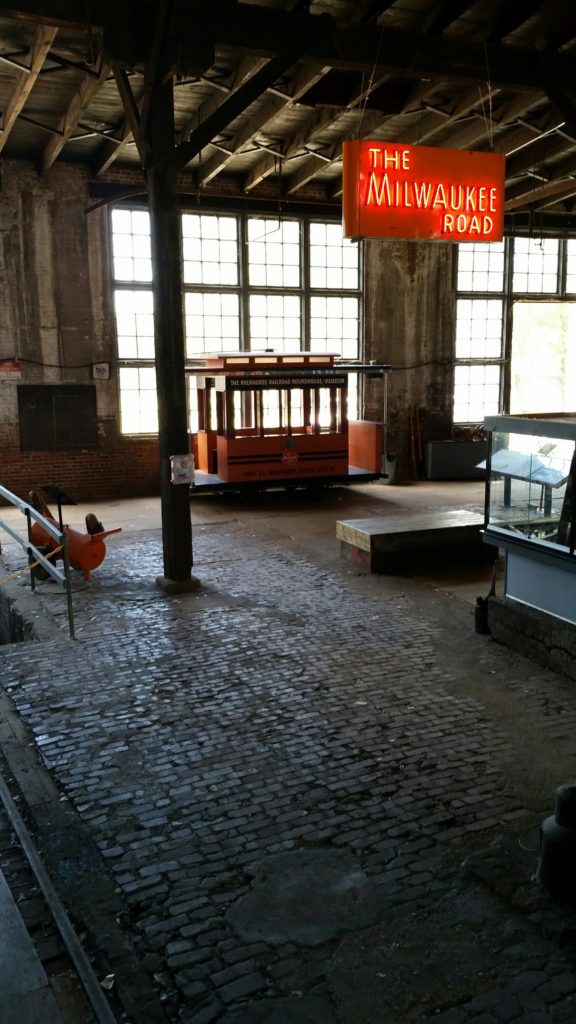
Let’s start at the beginning, and what the Sioux City Railroad Museum used to be called. Operating under the name “Milwaukee Railroad”, this 30-acre complex served as a railroad car repair shop for some of the largest cities in America. Chicago, Milwaukee, St. Paul and the Pacific Railway once connected their lines here.
Employing 560 workers, the Milwaukee Railroad overhauled 35 steam locomotives every day, and repaired thousands of various rail cars every year.
we almost didn’t have a railroad museum
Servicing steam and diesel locomotives, and repairing rail cars of all types, the complex was eventually abandoned 65 years after opening in 1981. Sadly, this historical gem became a junkyard for farm machinery throughout the 80s. Even becoming red-tagged for demolition! Sadly, of the 22 buildings originally erected on this property, only seven still remain

Coming to save the day! In 1995 the City of Sioux City and the Siouxland Historical Railroad Association began the steps to preserving the Sioux City railroad. Entering into a development agreement to preserve the Milwaukee Railroad, the City of Sioux City’s urban renewal planning effort identified this Riverside Neighborhood area as a potential redevelopment site and a historical attraction.
a rare find
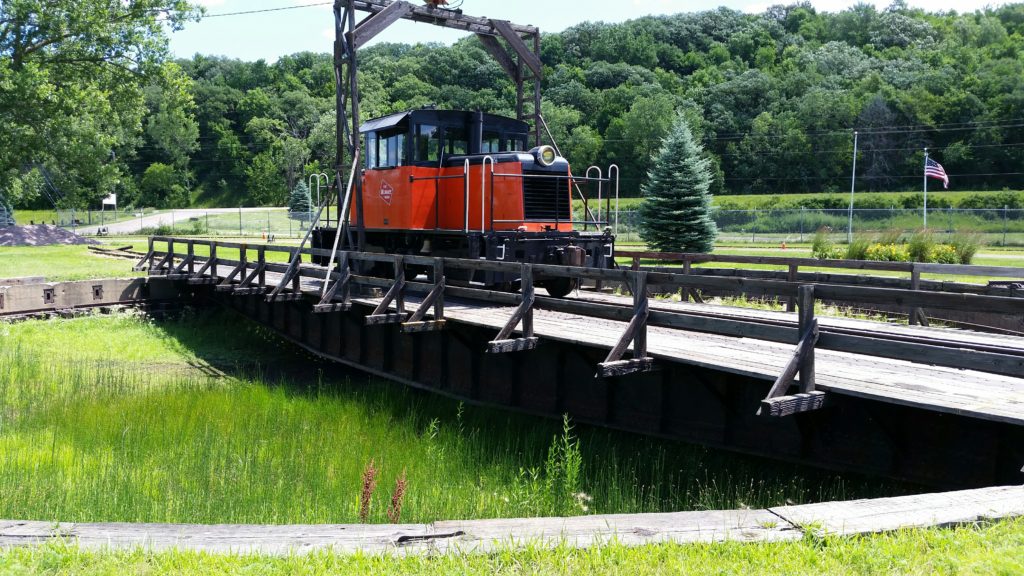
With only a handful of preserved sites like this in the nation, the Railroad Museum boasts rare artifacts and architecture that represents the importance and influence of our railways in the United States. In fact, the museum’s roundhouse terminal is one of only seven surviving in the nation!
the “ironhorse”
As you walk through the gate over the two sets of railroad tracks, the first building you will enter is the roundhouse building. On display are old train cars, trolley cars, and the “Ironhorse”.
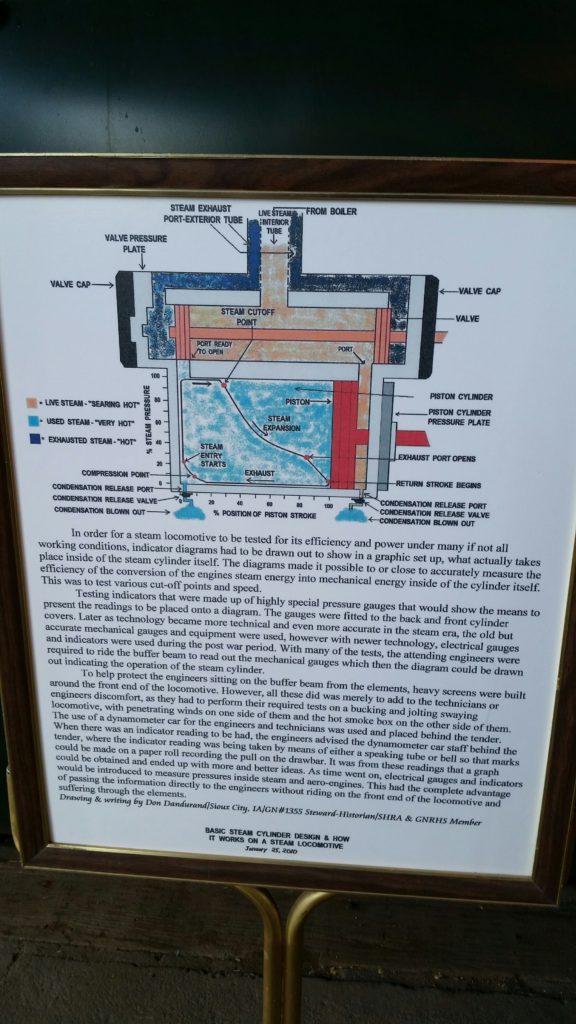
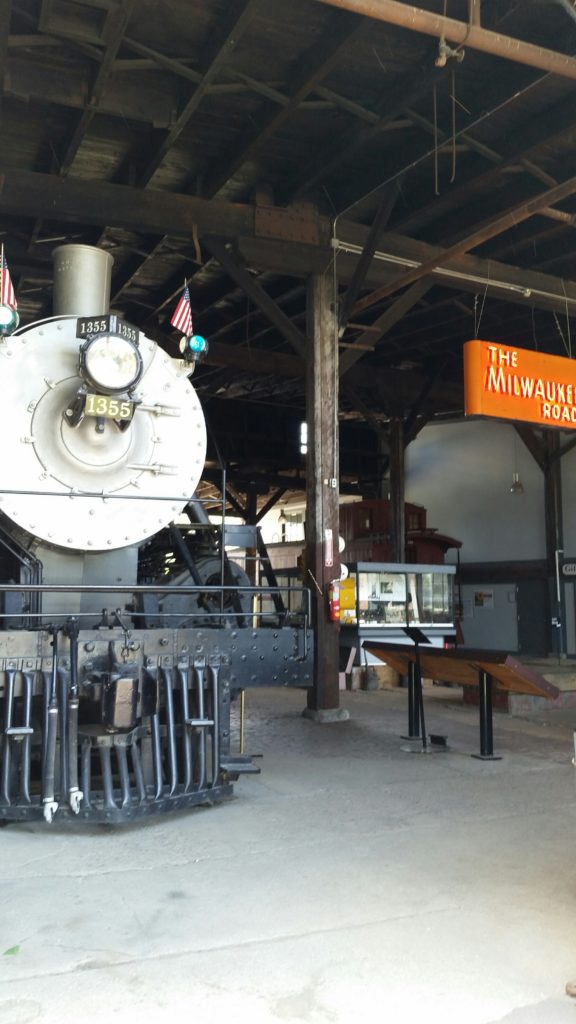
The “Ironhorse”, a 1909 steam locomotive, was gifted to Sioux City in 1955. Recognized for its mechanical and technological attributes, No. 1355 is listed on the National Register of Historic Places. Astonishingly, it is also the sole survivor of 52 steam locomotives that were rebuilt with new state-of-the-art steam technologies in 1924.
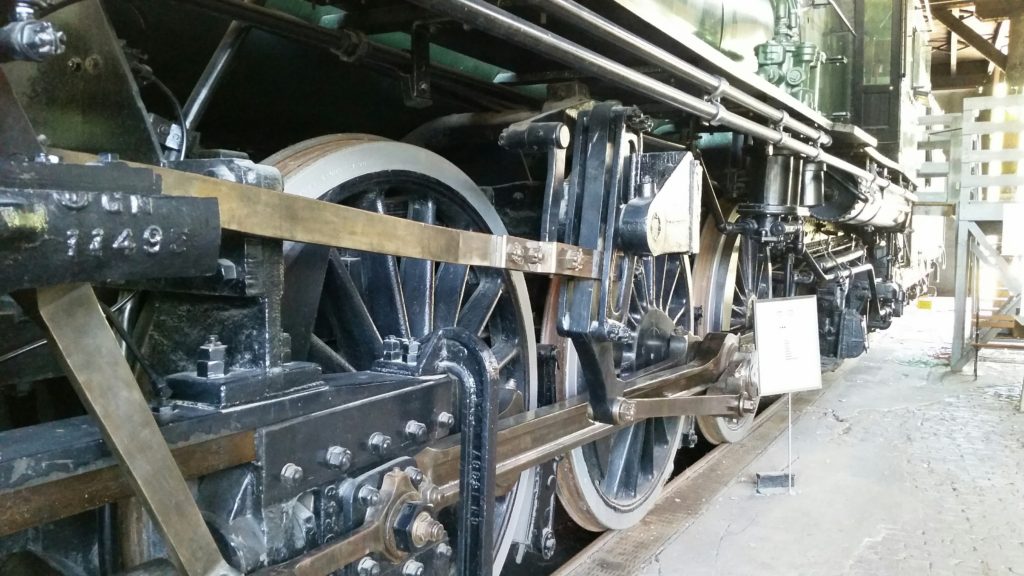
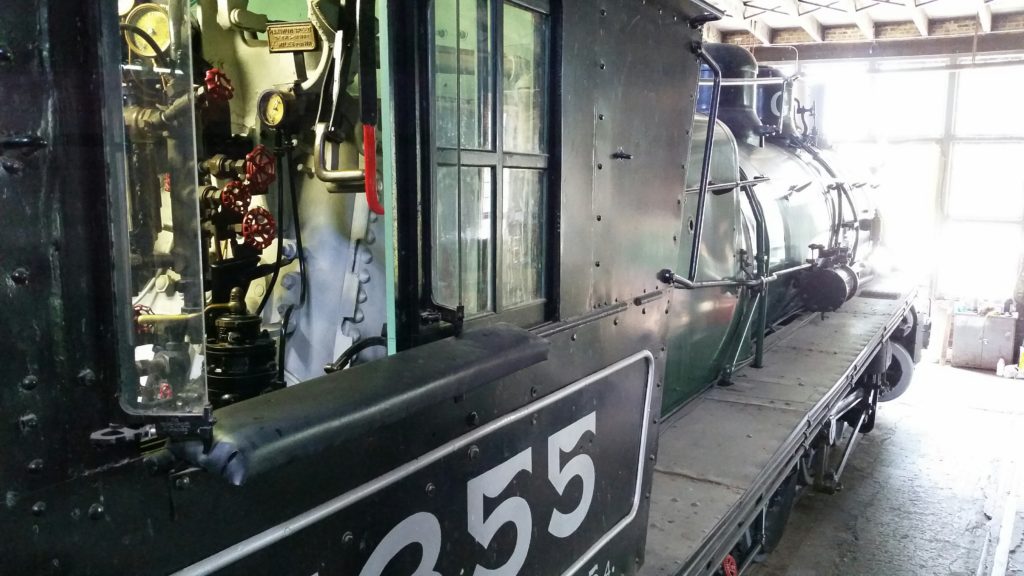
Take your time to read up on the history of Sioux City’s railroad, the men who built it, and view artifacts that survived the 1890s. Such as tool boxes, oil cans, painting brushes, and brick mason tools.
the roundhouse building
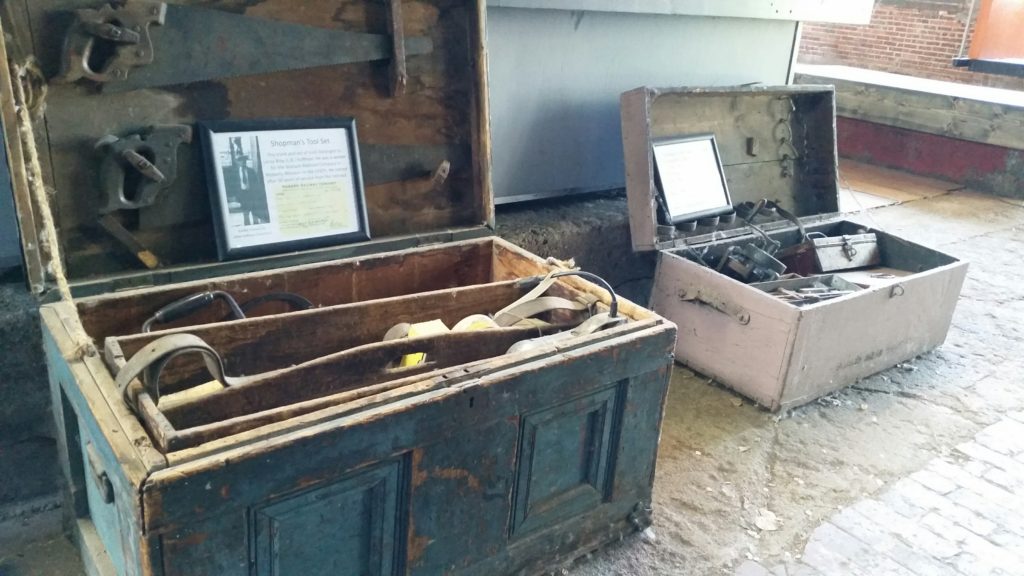
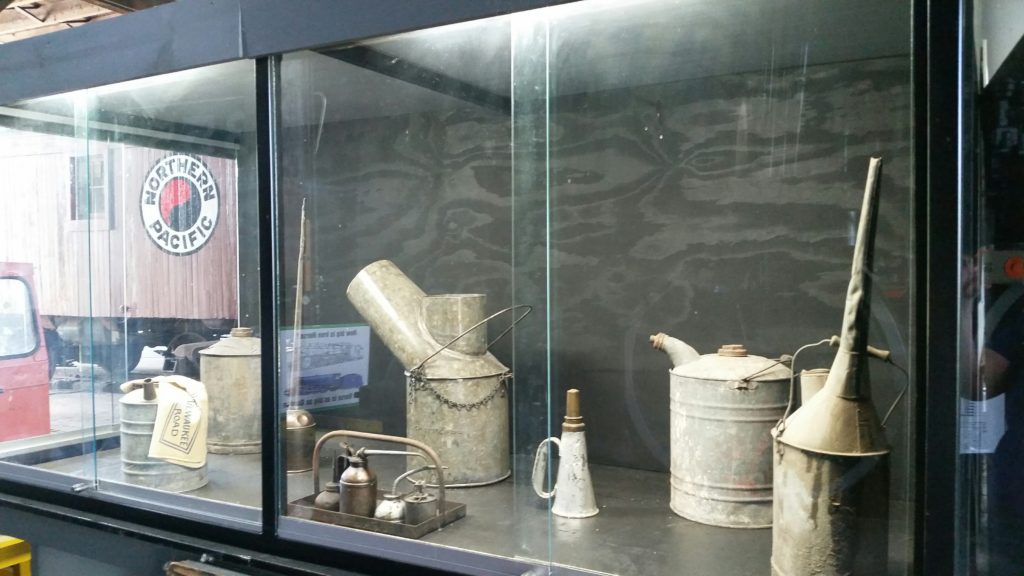
Here in the roundhouse building, you are able to walk through an 1863 caboose, a rebuilt trolley car, and even up into the “Ironhorse” herself.
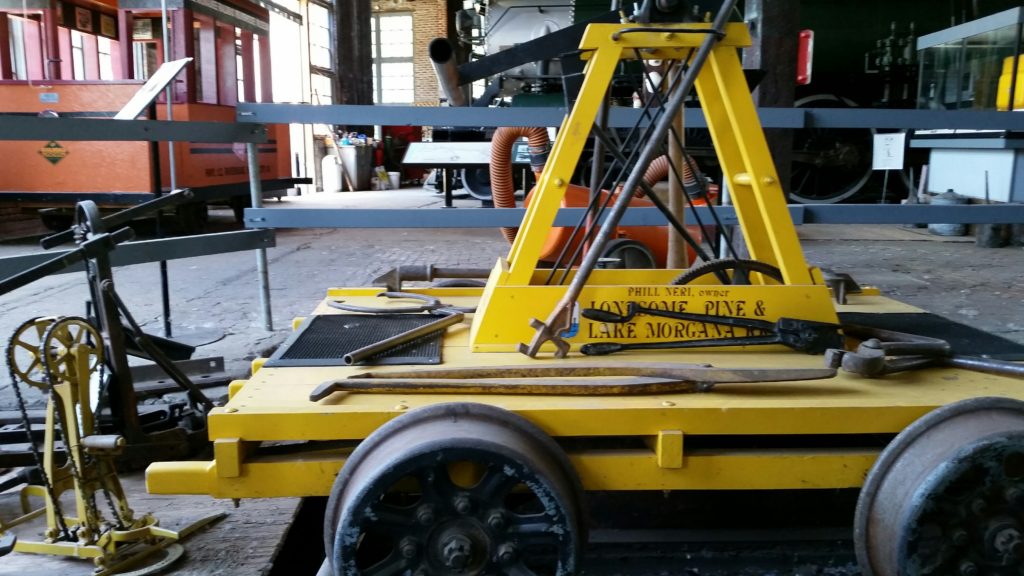


This is where we had our wedding ceremony. Outside, right in front of the gravel pit, with the giant “Ironhorse” as our back drop.
granger law and the Corliss steam engine
Cross the gravel road and you’ll enter the Granger and Corliss building. The Granger Law of 1869 basically put a regulation fee on railroads transporting and storing farmers’ grains.

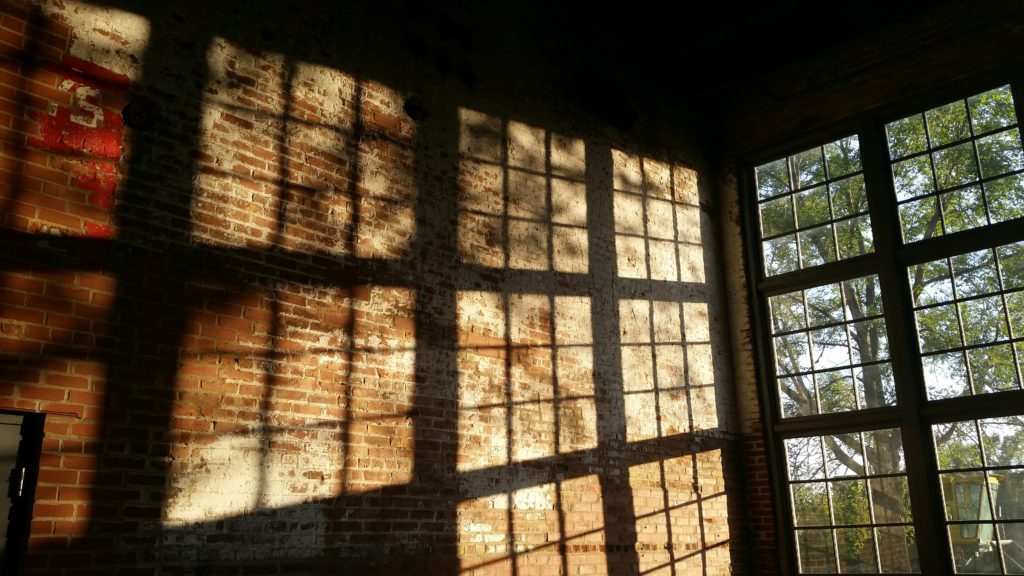
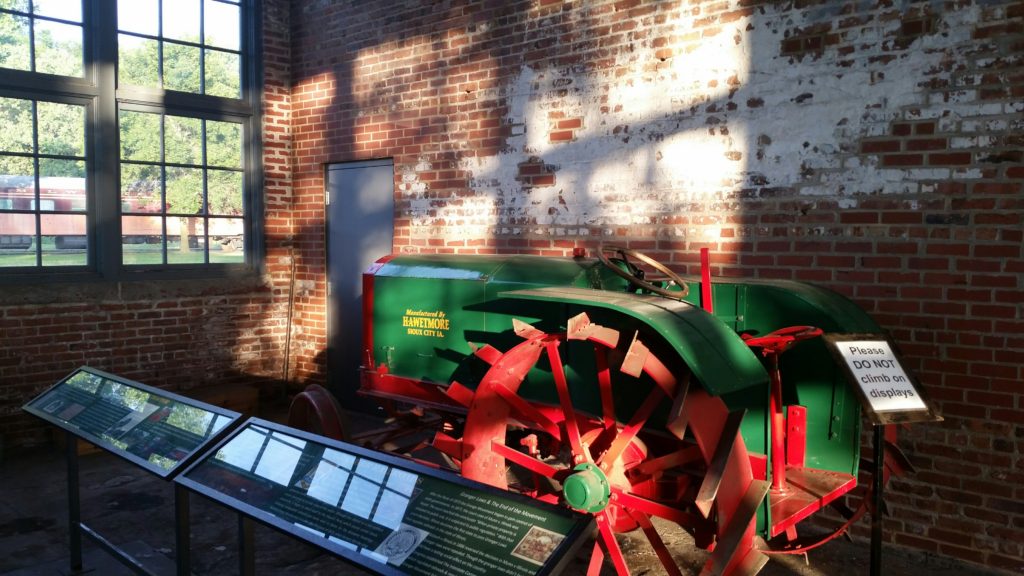

And the Corliss from 1849 is a stationary steam engine, that was used to provide mechanical power in factories. Generating electricity, it ran at a slow pace, but was quite efficient, with low maintenance.
the storehouse
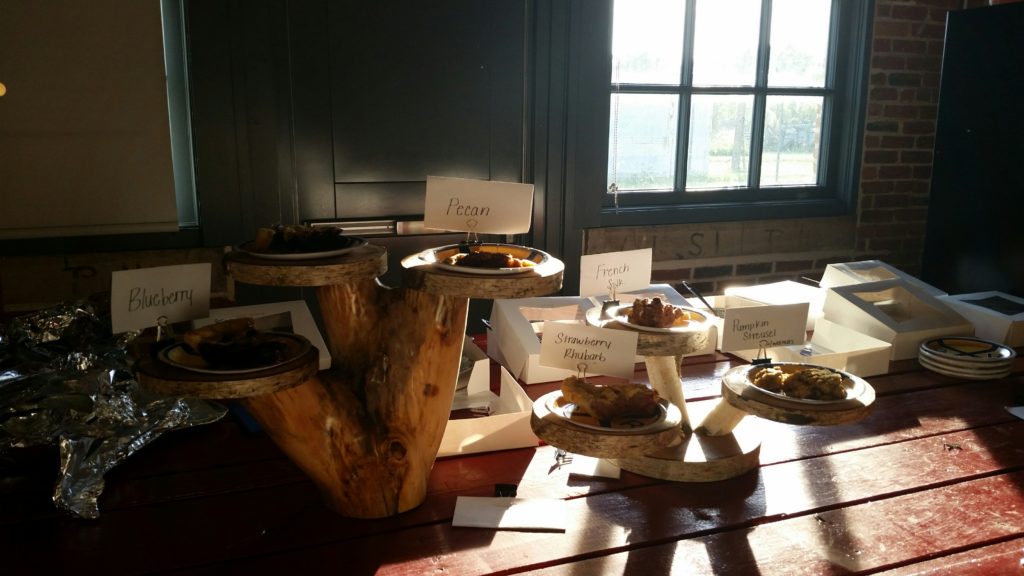

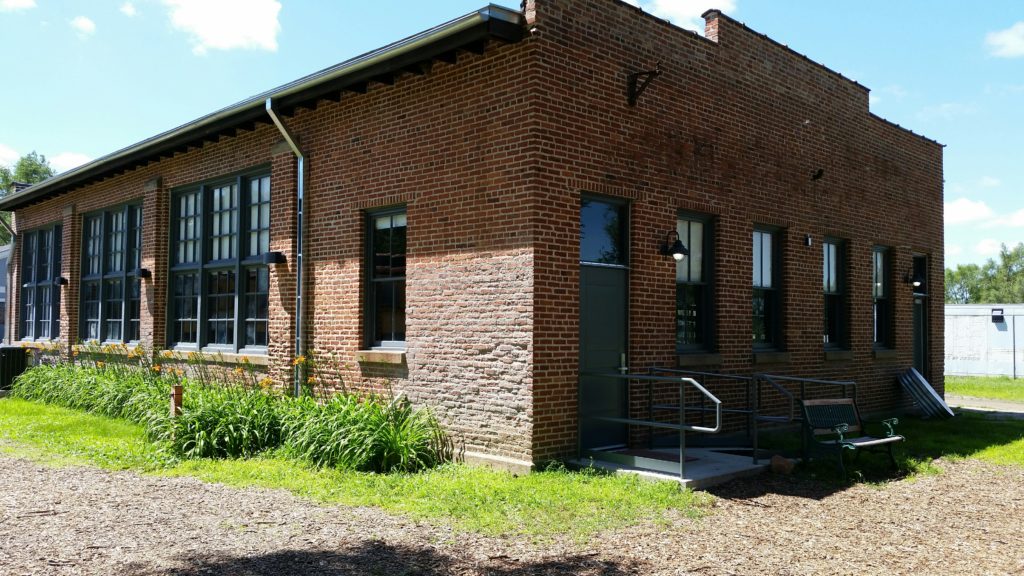
Walking a little further over the Grand Scale train tracks, you’ll come upon the Storehouse. This is where they hold large parties and meetings. My wedding reception was held in this building. I was able to bring all of my own decorations, and the staff even setup tables and chairs according to my seating arrangement the day before.
model train exhibit
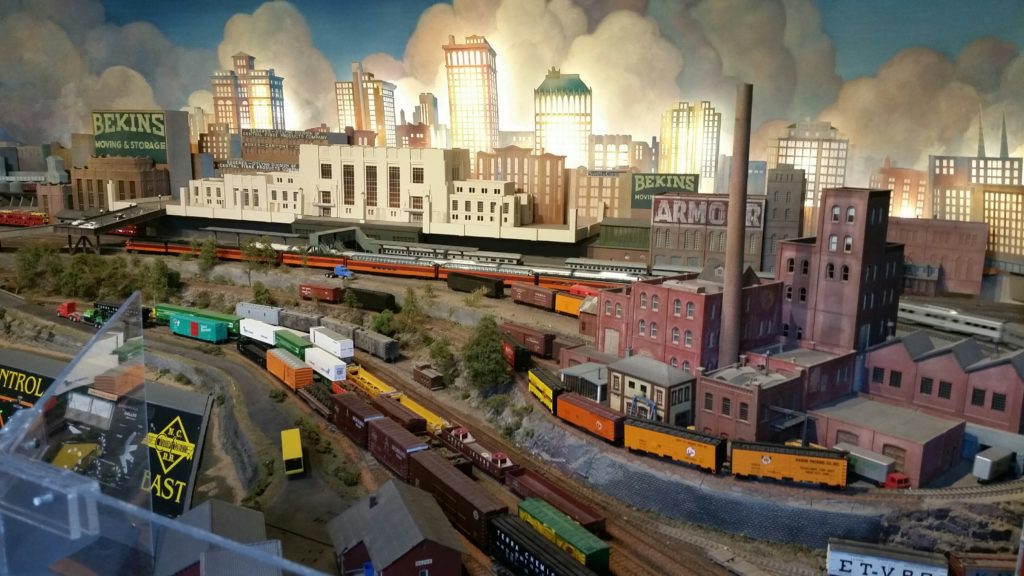
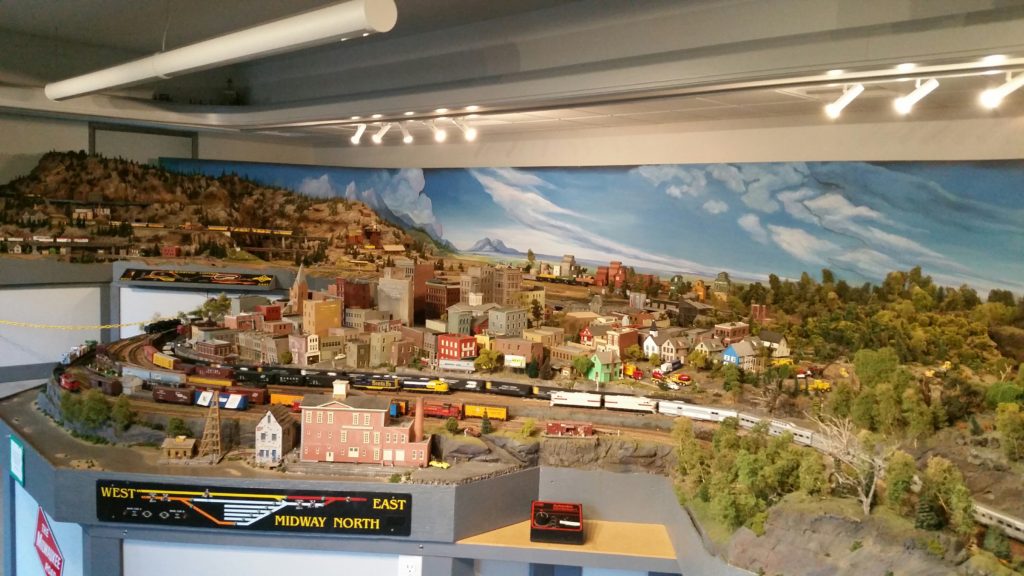

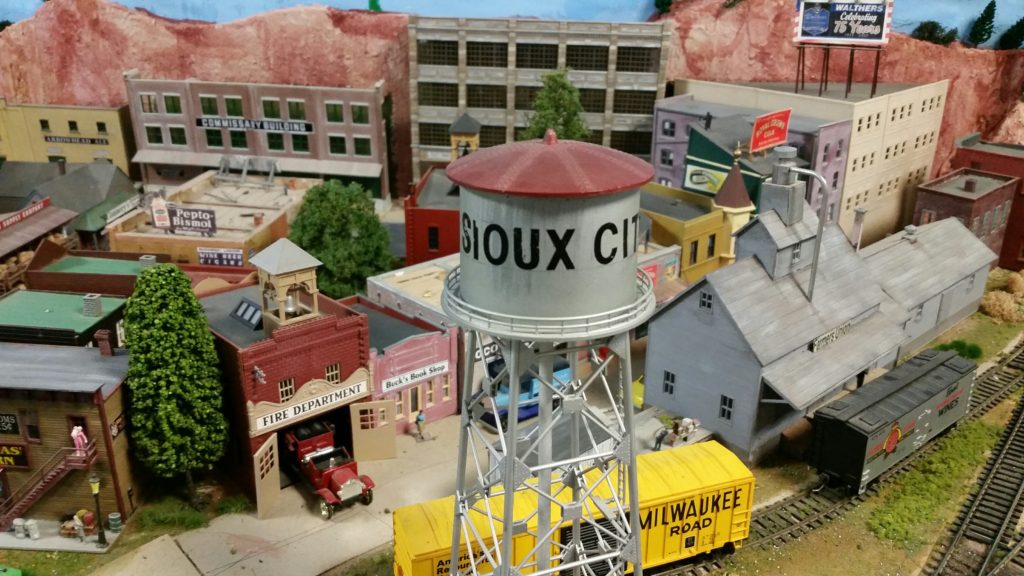
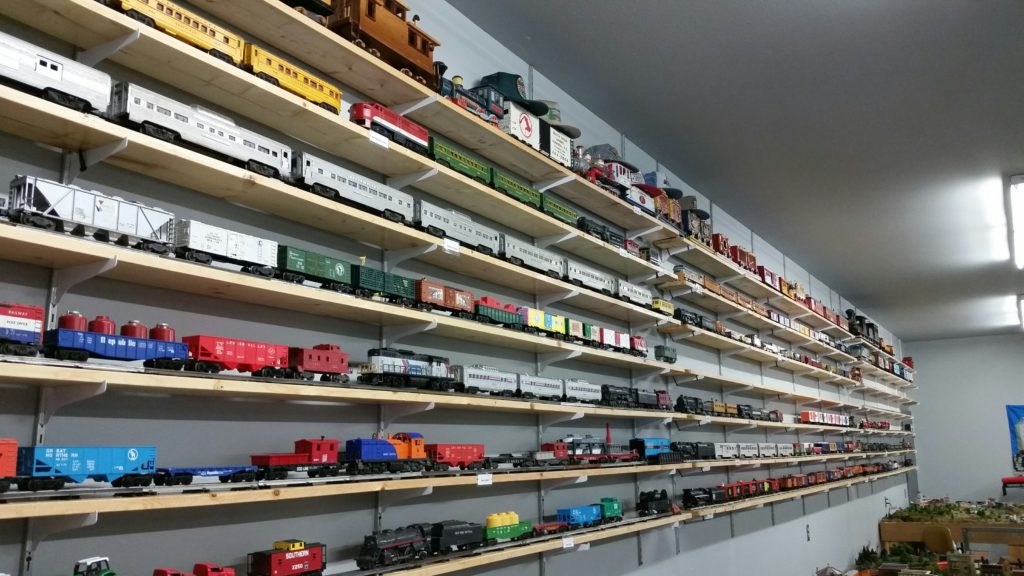
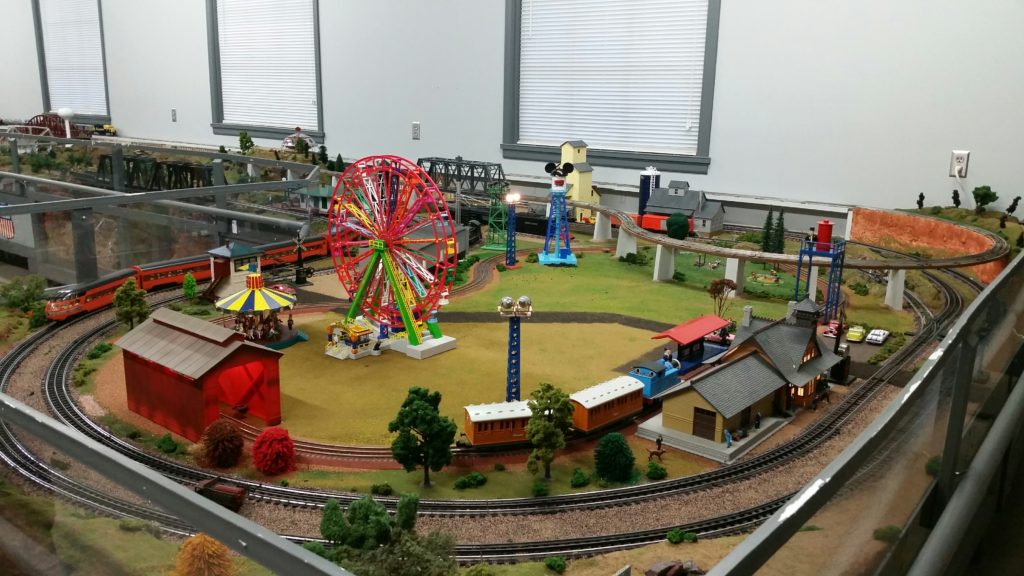
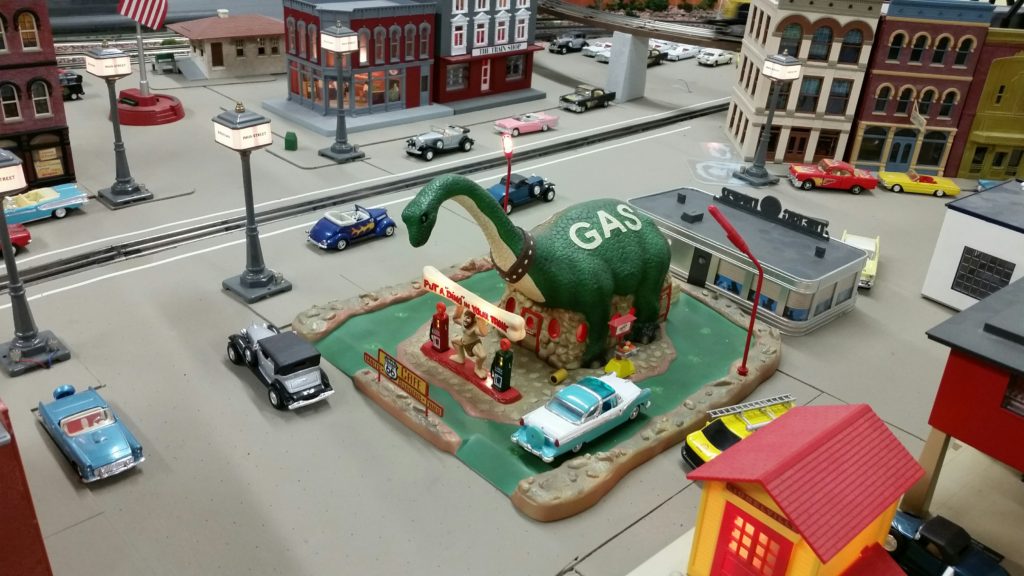
Past this building is the model train museum. Originally built by the founder of Godfather’s Pizza William Theisen, and housed in Omaha’s Durham Museum, it found it’s resting place here in Sioux City. Today, this exhibit is one of the largest in the United States, if not the world.
a walk through history
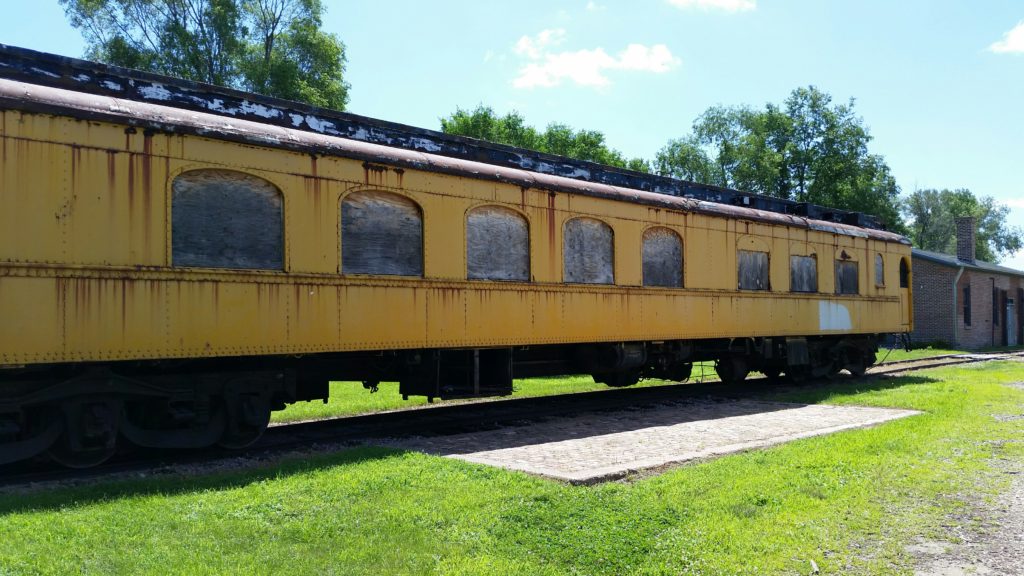
Making your way back to the entrance of the museum you will pass several train cars. The first is a dining passenger car with a one-time fully functioning kitchen. This is where my now husband and I had our first looks.
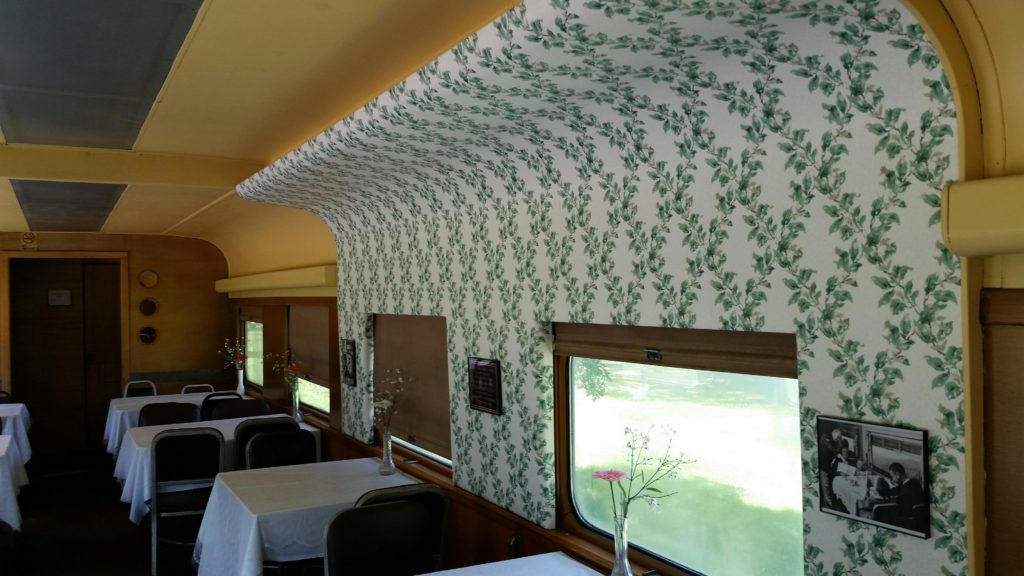
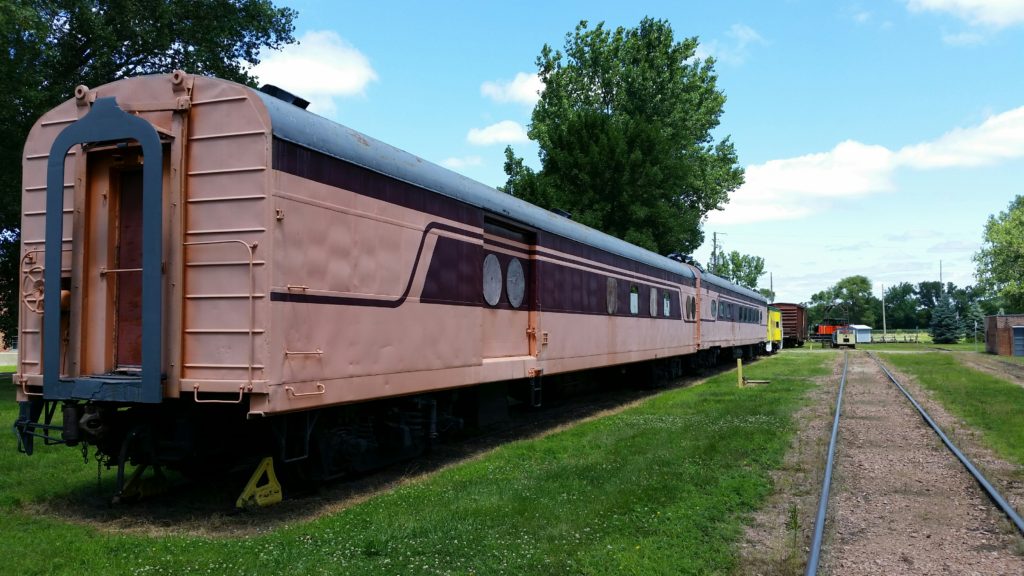
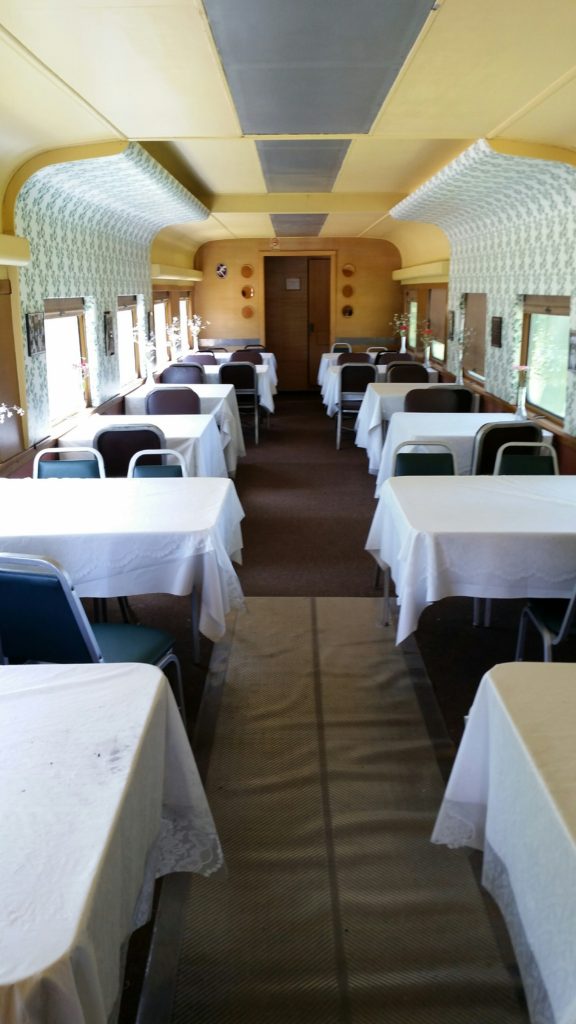

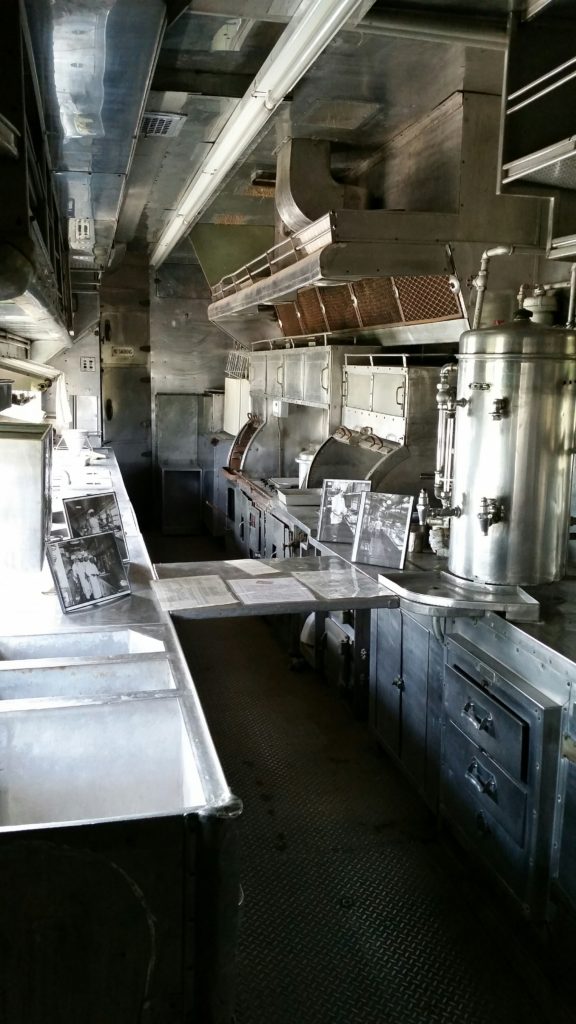
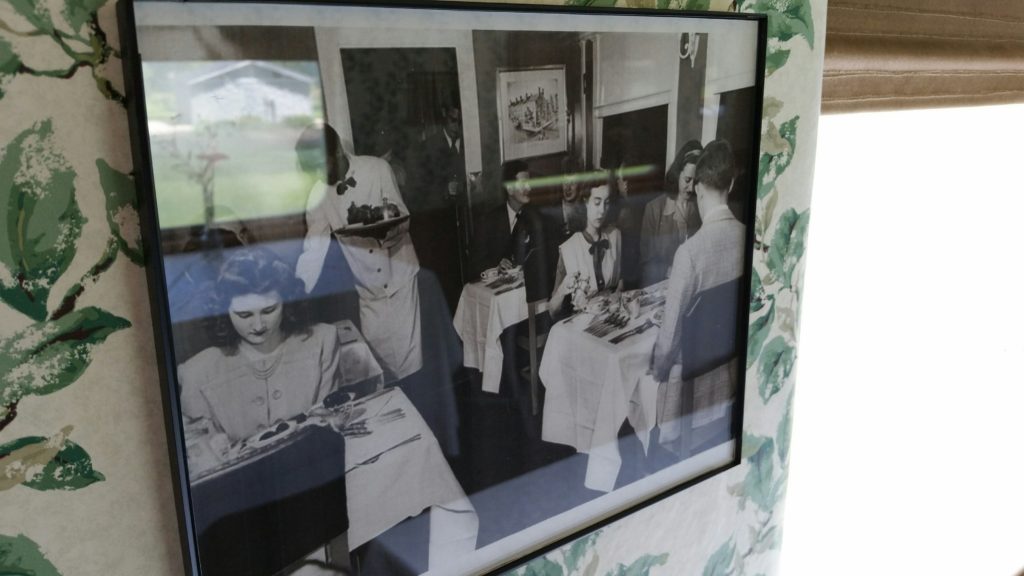
The second is a more modern caboose than the one in the roundhouse building, but also functioned as an office for railroad workers.

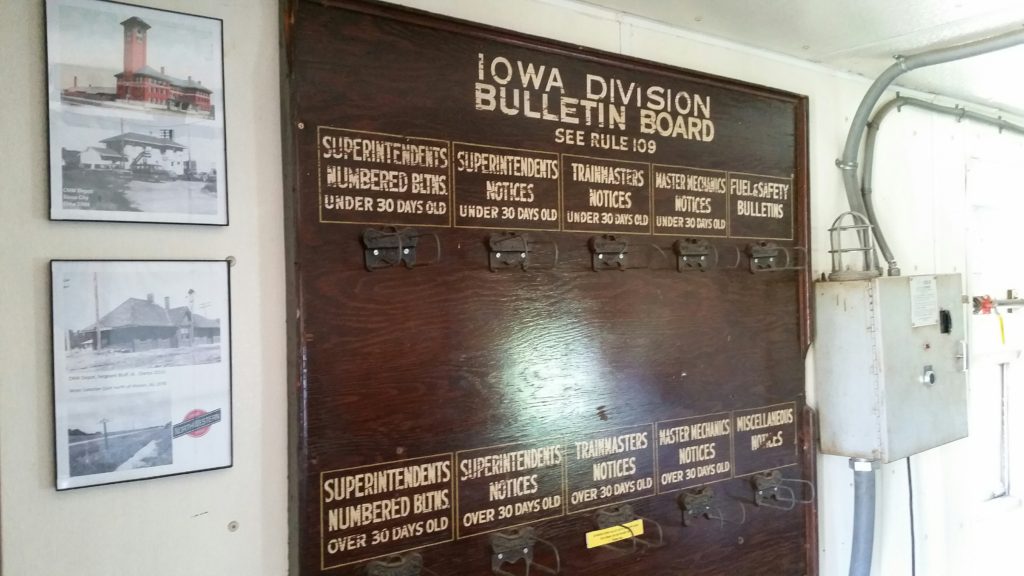
Finally, step up into an antique train car, allow yourself to appreciate the size and capacity these vessels were capable of storing.

take a tour
There are three ways to view the museum. The first is a simple walking tour. The second is a narrated motor car ride, which a volunteer will highlight details about the railroad system history and the museum itself. The third way is to ride the Grand Scale train, which is also narrated by a volunteer. This nearly mile long tour takes you over a bridge and several railroad crossings, giving you access to areas of the museum you wouldn’t see on your walking tour.

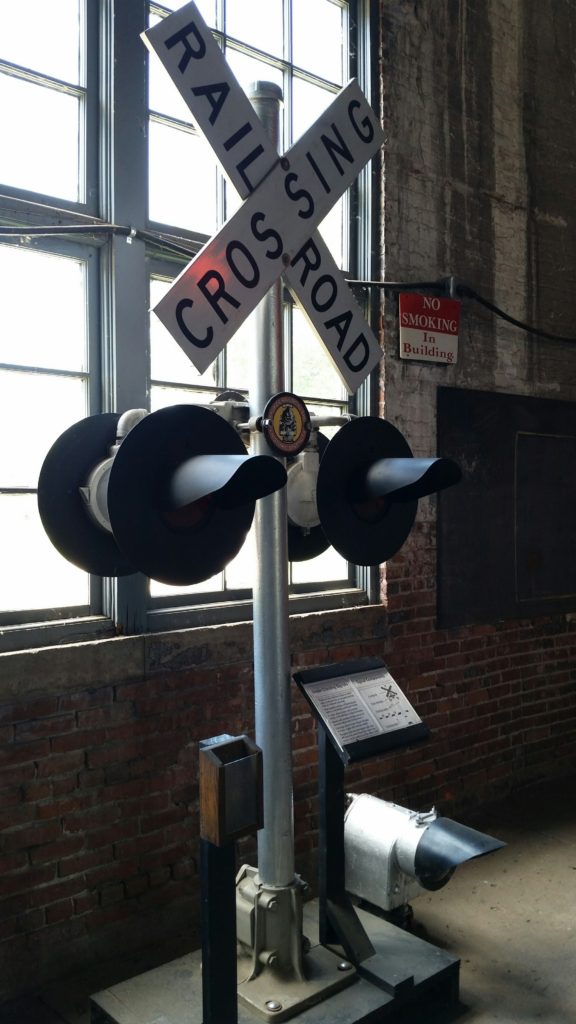
plan your visit
Whew! As you can see there is a lot to see and do at the Sioux City Railroad Museum. Admission is $10 for adults and $8 for youth 18 years old and younger.
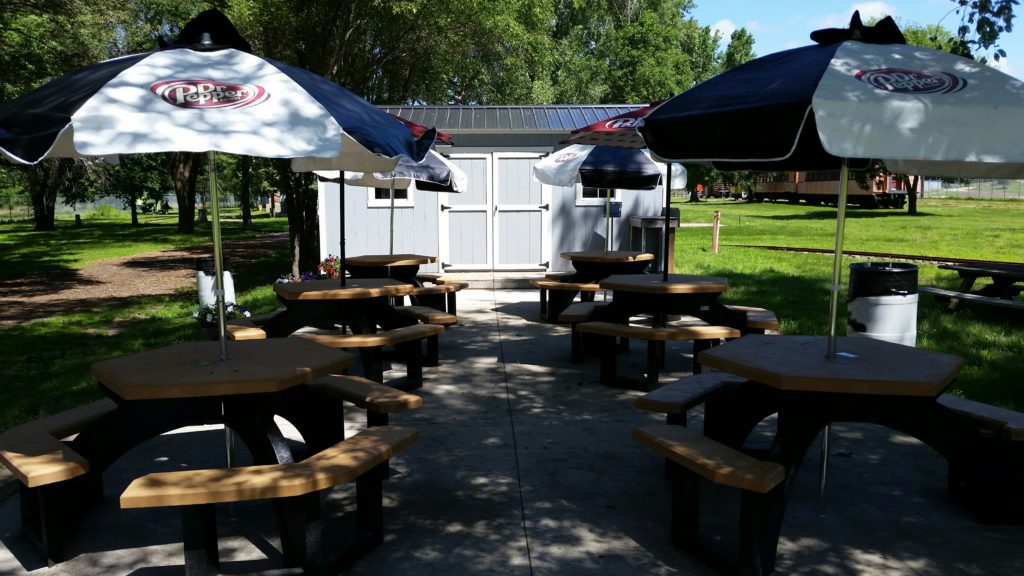
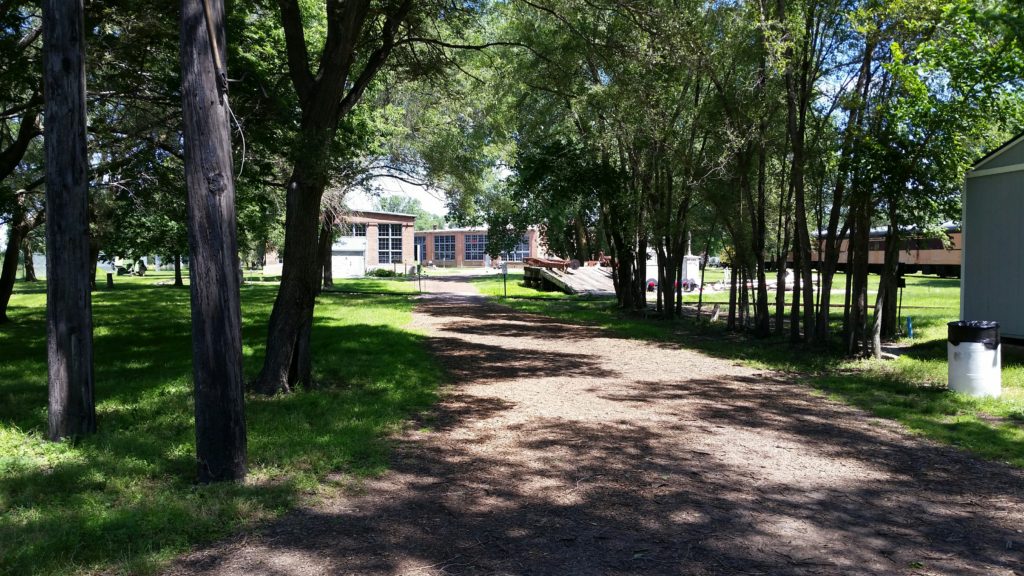
I hope you are able to visit this Sioux City treasure. I was happy to find this location for my wedding, and even more pleased to learn about the efforts to save, preserve and maintain this iconic landmark. The volunteers that run this museum truly do a wonderful job.
712-233-6996
3400 Sioux River Road
IA Hwy 12 North
Loess Hills National Scenic Byway
Sioux City, Iowa 51102
Hours of Operation:
Monday: Closed
Tues – Sat: 10am to 4pm
Sunday: 12noon to 4pm
*Museum is only open from March 1st through the third Saturday of December
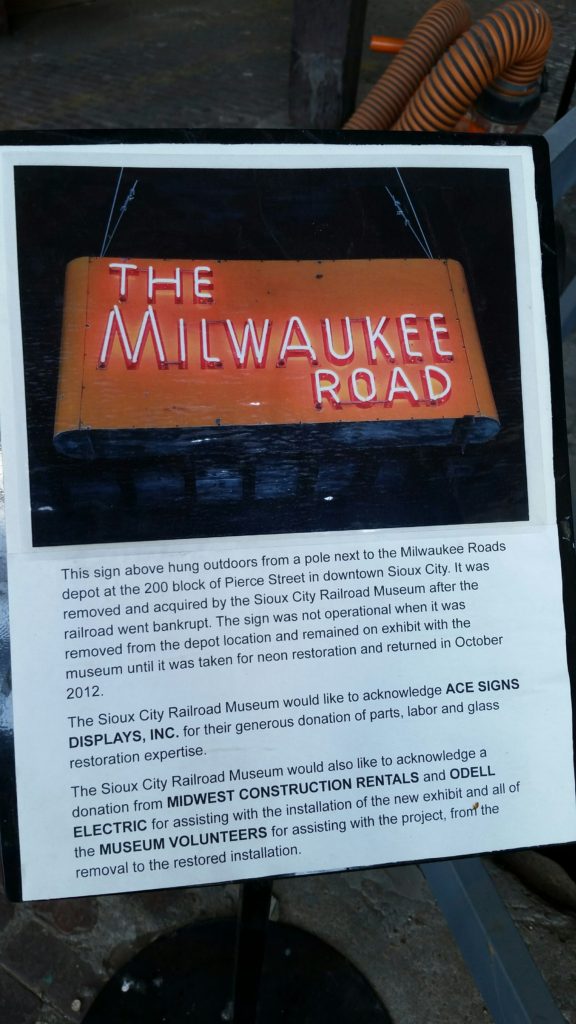
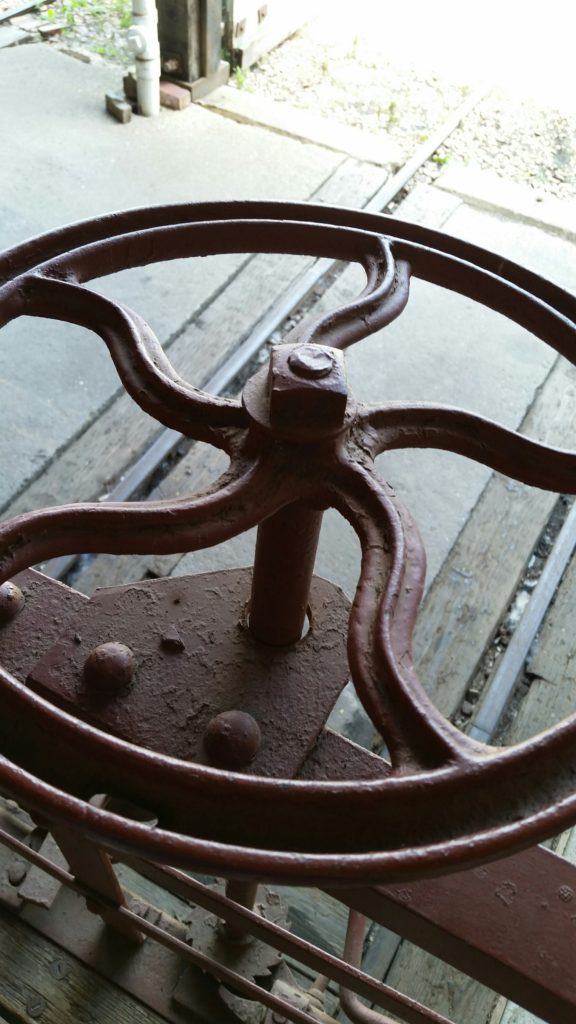
Visit the museum’s website (https://www.siouxcityrailroadmuseum.org/) to learn more of its history. And visit their Facebook page (https://www.facebook.com/siouxcityrailroadmuseum/) to keep up to date on events and activities the museum hosts throughout the year.
